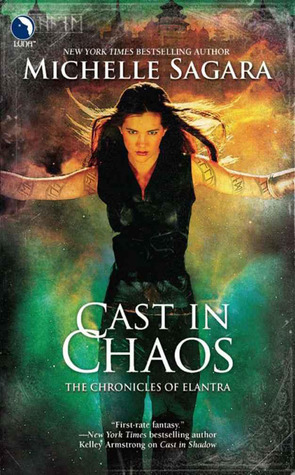I received this book for free from in exchange for an honest review. This does not affect my opinion of the book or the content of my review.

Napoleon's Buttons: How 17 Molecules Changed History
by
Penny Le Couteru, Jay Burreson
history, non-fiction in Hardcover edition that was published by Tarcher on April 28, 2003 and has 375 pages.
Explore it on Goodreads or Amazon
Non-fiction exploration of scientific elements which had an effect on life throughout the history of man.
Writers searching for conflict to use in their stories may well want to buy this volume for the multitude of possibilities.
My Take
This was excellent. Couteur/Burreson beautifully provided a look at how history was affected along with an examination of the actual molecules — and I do mean a microscopic look at the molecule! I’m a history geek so I adored that side and, it’s saying something, when the authors can provide the science side well enough that I enjoyed it (since I really hate science!).
The first part of each chapter begins with a look at how the chemical affected or could have affected history while the second part analyzes the molecule making up the chemical. Of course, each chapter may veer off, depending upon the story behind the chemical’s evolution.
Overall, the authors look at how the creation/discovery/need of each chemical affected the world: “…tell[ing] the stories of the fascinating connections between chemical structures and historical episodes.”
The effect of tin on Roman expansion and the defeat of Napoleon’s soldiers. Consider the reasons why Columbus sailed the ocean blue in search of a faster route for spices; and, the authors provide a variety of reasons why nutmeg and pepper was so highly valued. Breaking it down to the isoeugenol and its benefits.
Yes, the title mentions seventeen molecules, but each is simply a category heading for a great range of variations on that particular molecule. For example, Peppers, Nutmeg, and Cloves are classed under piperine and encompasses paprika, chili peppers, peppercorns, and ginger. Consider the rise of the Dutch and British East India Companies with their focus on spice and their forced colonization of so many nations. The truth of how Manhattan became an English colony. Malaria and how it forced a genetic evolution around the Mediterranean, Africa, and the Middle East which was a contributing factor that led to the slave trade. Consider the effect of gunpowder in both destruction and construction as well as how it affected travel! Then there’s nitro compounds: explosives, sunscreen, Viagra and other medications, and Alfred Nobel and his Nobel Prize. The development of ammonia and its uses in man-made fertilizer…and the gases used in World War I.
Just reading about the effects of scurvy and how different seafarers/countries dealt with it. How it almost ended the Age of Discovery begun by the search for spices. Think of the movie Master and Commander and the repartee over “the lesser of the two weevils”! One of the reasons why Cook was so successful! And how different it could have been if the Dutch had discovered how to prevent scurvy before the British.
If you’re fascinated with how things work or how they’re discovered, you’ll be thrilled with this book. Schönbein certainly got a bang out of it when he discovered guncotton. A chemical that led to photography and the movie industry, rayon, and cellophane as well as the Industrial Revolution and the American Civil War. Consider the effects of the Industrial Revolution on rural depopulation, the rise of the factory and inventions along with social change.
I also enjoyed how the authors slid from one chapter to the next. The subject of the previous chapter leading into the next. You’d never expect a connection between gunpowder and silk! Nor expect that silk was an important aspect of the Renaissance. I loved the molecular explanation of silk as it explained why silk is so highly valued.
Readers interested in medicine will adore the history and evolution of the medical field. Most people are aware of Louis Pasteur and his contribution, Jenner and his vaccine, but there is also Lister’s carbolic acid and the benefits of coal tar and how it led to the antiseptic operating room. The molecular analysis for these phenols lead to vanillin, capsaicin, zingerone, explosives, chocolate, perfume, marijuana, Bakelite, and so much more! Elephants certainly have reason to be grateful!
LOL, I’m only halfway through my notes…! You’ll just hafta read this one. It’s worth it.
There’s the rise of the German pharmaceutical empire, how synthesizing a dye led to the creation of synthetic organic chemistry — where would Bayer be without Perkin!
If you’re curious about life at all, you want to read Napoleon’s Buttons. I highly recommend it! It’s a buy for me if only for its possibilities for conflicts for a book series I’m working on!
The Cover and Title
The cover is a blend of two areas of study: history with the cropped portrait of Napoleon in his 19th century study with the marble-like structure of atoms above representing the science.
The title is more of an enticement than truth as the authors use the raw materials in Napoleon’s Buttons to speculate and lure the reader in.










